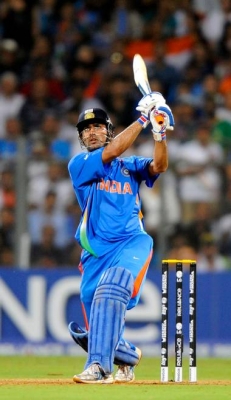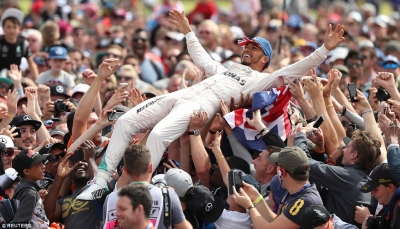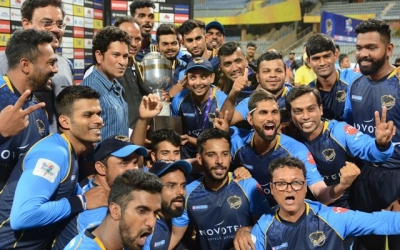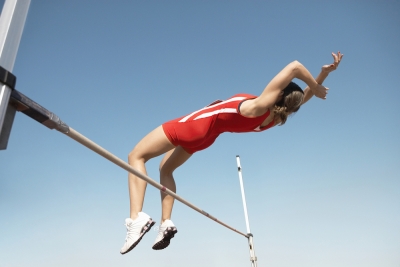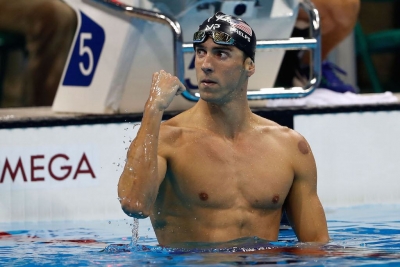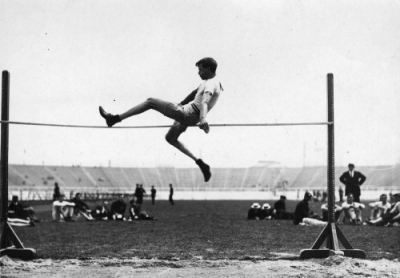
Fitness is the physical condition of an individual. When considered in terms of sports and other physical activity, it is often thought of as having four aspects: endurance, strength, flexibility and speed. Sports differ in the degree to which each of these factors is important. For example, weightlifting requires enormous strength, while a sprinter needs the greatest possible speed. The four aspects of fitness are measured in different ways, but one general way of measuring fitness is to see how the heart responds to physical activity. During exertion, the rate at which the heart beats increases, as it pumps more oxygenated blood around the body. How quickly the heart rate returns to normal after exercise is one way to assess how fit someone is and how exercise is improving their fitness.
Body Composition
Body composition measurement helps you understand how much fat and muscle mass are present in your body. Your height, age, weight, bone structure, and the ratio of fat and lean muscle are all considered to find out your body composition. If you workout at a gym, I am sure your trainer must have asked you to get a body composition analysis (BCA) done so that depending on your goals (weight loss or muscle gain), he/she can help you reach your target. Here’s how body composition is analyzed.
Flexibility
Flexibility is the measure of the ability of your muscles to move to their full range of motion. Since most of us lead a sedentary life, the joints become immobile and lose their flexibility. As a result, you feel a sharp pain and tightness in your joints when you are asked to move your body parts to do certain movements. But being flexible will help you prevent joint injuries. Regular exercise, stretching, and yoga are great for increasing flexibility. If your joints are weak, wear joint support. Start slow, but be persistent.
Muscle Strength
Muscle strength is the ability of your muscles to lift weight and exert a force against a resistance. For example, when you lift weights or a heavy box or a child, your muscles have to act against the gravitational pull to be able to lift the weight. The muscles have to contract and relax to complete the range of motion. Unless your muscles are strong and flexible, you will not be able to lift, push, and pull anything. Include strength training in your workout. Lifting weights on a regular basis or even doing bodyweight training will help improve your muscle strength.
Muscle Endurance
Muscle endurance is the measure of the ability of the muscles to perform the same task again and again without getting tired soon. For example, running a marathon is a typical example of muscle endurance power. It also shows how effectively your heart and lung muscles are working to keep your cells oxygenated and prevent fatigue.
Practice your run/jog/planks/push-ups/bicep curls. Do a mixed workout 4-5 days a week. Eat healthily and set new targets for every week. Increase the sets and reps of your exercise over a period.
Other components of Fitness for Athletes
You cannot achieve fitness overnight. You have to work at it consistently to achieve a fitness level and maintain it. Eating healthily, taking rest, and not giving up on your workout routine are the keys to being fit. Also, do a mixed workout – strength training, cardio, a sport, dance, yoga, etc. This will help train your muscles better than just doing one type of workout. If you’d like a more focused and personalized approach, hire a personal trainer to craft and monitor your workouts and a registered dietitian to dial in your nutrition to best complete your workouts. Most importantly, do not judge fitness depending on how you (or anyone else) look(s) and take care of your mental fitness as well. Take care!
For the general population, being healthy and fit is the main target. And health-related fitness aims at improving the overall well-being and functioning of the body. Here are the components of fitness and how to measure them.
